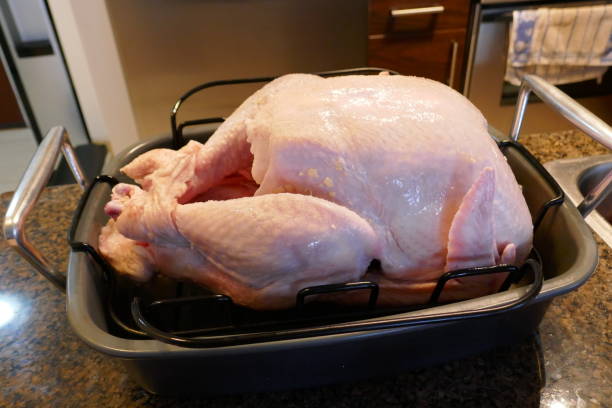Use in-season kohlrabi to make this tasty side dish

I talked with a farmer recently about growing kohlrabi and she told me she had a firm policy against it. “A firm policy?” I asked. “What does that mean?”
She told me she and her partner chose not to grow kohlrabi because it took such a long time in the ground, occupying valuable farm real estate, and it was not something her customers really cared about.
Later that morning, at another farmers market, I talked with Linda Scharko of Scharko Farms. She and her husband Tony grow kohlrabi. Yes, she agrees, it takes three months in the ground from seed to harvest, but they have the luxury of space so that’s not a problem.
And she has chef customers who buy most of what she can grow. “The chefs are buying it all these days. We call it the ‘cycle of desire’.”
There are purple kohlrabi varieties, but the Scharkos stick to the green. Whether the exterior is green or purple, the interior is pale green. The flesh is crisp and almost as sweet as an apple, but with a lightly cabbage flavor.
If you’ve never seen kohlrabi, it’s hard to picture. “Sputnik-like” is a pretty common description. Likening kohlrabi to a space satellite tells you just how other-worldly it is. It has a round swollen stem which looks something like an apple and can grow to several inches in diameter. As with many vegetables, the smaller the kohlrabi, the more tender it is. The leaves grow on tall stalks from the swollen stem, and they’re also edible. You’ll find it at the market both with leaves and without.
Kohlrabi is a cold-tolerant crop but the Scharkos grow it under hoops just in case there’s a little too much cold. What the chefs don’t buy, they bring to the Saturday morning Peachtree City Farmers Market.
As for how to enjoy kohlrabi best, Scharko likes it raw, cut into slices to dip into hummus. Or turned into slaw mixed with a little apple.
Creamed Kohlrabi with Roasted Oyster Mushrooms and Crispy Kohlrabi
Gary Thorne, chef de cuisine at Midtown’s TAP restaurant, says, “Kohlrabi has an approachable flavor that won’t stun on first encounter. However, it does have that conversation-starting element that begs the question, ‘Where have I tasted this before?’ Kohlrabi is related to collards, cauliflower, broccoli and cabbage, with a mild and slightly sweet flavor dancing near the latter two.
“This would be a great side dish with roasted poultry and would certainly lend to the addition of bacon. If your kohlrabi selection isn’t blessed with many leaves, chard makes a good substitute to work into the dish.”
FOR SALE AT LOCAL FARMERS MARKETS
Just coming to market: sprouts, sugar snap peas
Vegetables, nuts and fruits: apples, arugula, Asian greens, beets, broccoli, cabbage, carrots, chard, collards, cornmeal, fennel, garlic, Georgia clementines and satsumas, green onions, grits, herbs, kale, kohlrabi, lettuce, microgreens, mushrooms, mustard greens, pecans, polenta, potatoes, radishes, spaghetti squash, spinach, sweet potatoes, turmeric, turnips, winter squash
From local reports

